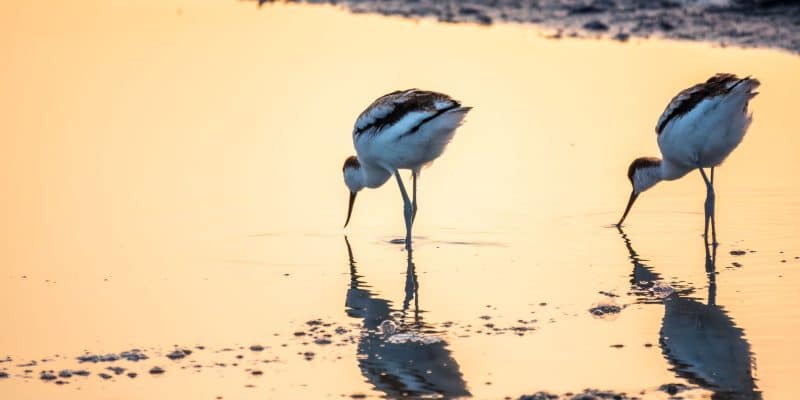The next few months will see a strengthening of the conservation capacity for migratory waterbirds on the African continent. This was one of the main resolutions of the Eighth Meeting of the Parties (MOP8) to the African-Eurasian Migratory Waterbird Agreement (AEWA), which took place from 26 to 30 September 2022 in Budapest, Hungary. The latest report on the conservation status of the 255 species listed under AEWA indicates that 33 of them are threatened with extinction.
The gradual disappearance of migratory waterbirds is of international concern. Almost 43% of migratory waterbird populations are in long-term decline, while 33 species of these wetland birds are threatened with extinction. These data were presented during the Eighth Meeting of the Parties (MOP8) to the African-Eurasian Migratory Waterbird Agreement (AEWA), which took place from 26-30 September 2022 in Budapest, Hungary, under the theme “Strengthening flyway conservation in a changing world”.
In order to reverse the downward trend of migratory waterbirds, the nearly 200 participants at MOP28 adopted 16 resolutions and new guidelines to improve the conservation status of the 255 AEWA-listed species, especially in their different ranges in Africa. “The additional resources provided to AEWA will be dedicated to the coordination of single species action plans, as well as to strengthening waterbird conservation more generally on the African continent”, explains Jacques Trouvilliez, Executive Secretary of AEWA.
The wider target area extends from the high Arctic to the southern tip of Africa and eastwards to the Arabian Peninsula and Western Asia.
A new International Action Plan for the Common Eider
Among the decisions taken by the AEWA MOP in Budapest was the adoption of a new International Action Plan for the Common Eider, a declining species of sea duck covered by the treaty. More broadly, these birds are threatened by new infrastructure, including the wind turbines currently being installed in the Gulf of Suez in Egypt. These installations are located in the migration corridor of birds that leave Europe to spend the winter in Africa, in the Great Lakes region.
Read also-SENEGAL: FAO supports bird conservation in the Senegal River Delta
The African-Eurasian Migratory Waterbird Agreement (AEWA) is an intergovernmental treaty dedicated to the conservation of migratory waterbirds using the African-Eurasian Flyway. With the accession of Cameroon as a Party to AEWA on 1 October 2022, the environmental treaty currently includes 82 countries and the European Union. Its geographical range covers 119 countries across Africa, Europe, the Middle East, Central Asia, Greenland and the Canadian Archipelago.
Boris Ngounou







